Blog
Women’s Tennis 2022 Billie Jean King Cup Finals: Tennis Injuries and Treatments

Women’s Tennis 2022 Billie Jean King Cup Finals: Tennis Injuries and Treatments
Table of Contents
ToggleWomen’s Tennis 2022 Billie Jean King Cup Finals: Overview
All the world’s best female tennis players are going to appear on the field to perform in the Women’s Tennis 2022 Billie Jean King Cup Finals. The host country for this women’s tennis cup finals is Scotland. The venue of this tournament is Emirates Arena – an indoor arena and velodrome in Dalmarnock, Glasgow, Scotland. This is the 59th edition of the Women’s Tennis Billie Jean King Cup. The first edition of this tournament was played in 1963. Every year the host country is different for this tournament. The United States has won 18 titles in the Women’s Tennis Billie Jean King Cup. The Women’s Tennis 2022 Billie Jean King Cup Finals are scheduled between November 8th and 13th, 2022. The following are the details of the tournament format and participating teams:
Participating Teams
There is a total of 12 teams participating in the Women’s Tennis 2022 Billie Jean King Cup Finals and below is the sequence or grouping scheme of these participating teams:
| Group A | Group B | Group C | Group D |
| Switzerland | Australia | Spain | Czech Republic |
| Canada | Slovakia | Kazakhstan | USA |
| Italy | Belgium | Great Britain | Poland |
Tournament Format
The tournament will be played according to the given decided or planned schedule:
| Dates | Rounds | Number of Teams |
| 8 – 11 November | Round robin | 12 (04 groups of 03 teams) |
| 12 November | Semi-finals | 04 |
| 13 November | Final | 02 |
We know all tennis lovers are so much excited about this tournament and can’t wait to watch their favourite players performing on the court. This also encourages tennis enthusiasts to organise or play tennis at their own places. While tennis is an exciting game, at the same time, it comes with some serious issues or injuries. Whether you are a professional player or participate as an amateur, injuries are possible at one point or another.
Here we are going to discuss common injuries found in tennis players along with the possible treatment plans for tennis injuries. However, the article is concluded with the best and most effective preventive measures, helping you get a safe or injury-free tennis experience.
Common tennis injuries
Tennis is one of the non-contact sports but it may bring you some serious injuries to some extent. The main causes of injuries in tennis are overuse, falling, and repetitive actions you perform throughout your sessions. According to research or a study, the overall injury rate in tennis is 4.16 per 1000 athlete exposures. During this study, shoulder, foot, and trunk injuries were counted as the most prevalent. Approximately, 30% of all injuries were counted as inflammation-related conditions. However, 32.1% of all injuries were reported as time-loss and 45.0% as non-time-loss injuries.
In women’s tennis, the injury rate is approximately 05 injuries per 1000 athlete exposures; however, the injury rate is higher at 7.36 per 1000 athlete exposures during competitions and lower at 4.15 per 1000 athlete exposures during practice sessions. The following are the common injuries found in tennis players:
1. Rotator cuff tear
The rotator cuff is comprised of four tendons and muscles coming together to provide mobility and stability to our shoulder. Overusing the shoulder can gradually tear the rotator cuff; however, the tear in the rotator cuff may also be caused by an acute injury. Pain is a basic symptom of rotator cuff tear. However, depending on the severity of the injury, you may also feel tenderness, weakness, and difficulty lifting the arm. Sometimes, you may also feel cracking and snapping noises while moving your shoulder. Experts advise wearing adjustable shoulder support braces to avoid injuries or minimise pain after an injury.

2. Back pain
Playing tennis can compress lumbar discs and may also serve hyperextends the lower back. This hyperextension can stress tendons, muscles, ligaments, lumber discs, and the small joints in the spine. Older tennis players are more prone to back pain or injuries because of progressive stiffness and degenerative diseases, such as arthritis. Back injury or pain usually results in a sudden, sharp, persistent, or dull pain in the lower back. The pain may worsen with activities and movements. In some severe conditions, the pain may also radiate to the hips, buttocks, or thighs. Increasing flexibility and wearing back support braces help reduce the chances of back pain during practice or match sessions.
3. Tennis elbow
Tennis elbow or lateral epicondylitis is an inflammation of the elbow tendons that help join the forearm muscles to the outside of our elbows. The condition results from overuse and is common among tennis players and others involved in racquet sports. Pain and tenderness outside the elbow are the common causes of tennis elbow. You may also experience pain in the back of your hands or forearm. Muscle conditioning and wearing elbow support braces help reduce the risk of tennis elbow during practice and competitions.

4. Tennis knee/patellar tendinitis
The patellar tendons attach the kneecap to the shinbone and assist the leg movements. As well as this, these tendons also support our body weight when walking or jumping. As tennis players involved in repetitive jumping and landing, they can put immense stress on their knees. Tennis knee usually results in pain and swelling. You may also feel warm to the touch in the affected areas. Healthcare advisors or professional trainers suggest wearing compression knee sleeves to protect the knees from stress during practice or play.

5. Ankle sprain
An ankle sprain is another common injury in tennis players due to the multidirectional nature of the sport. Frequent running and jumping during tennis may increase the risk of incorrect landing or turning your ankles. It’s been observed that clay courts put a tennis player at great risk of an ankle sprain. Pain, stiffness, and swelling are the common symptoms of ankle sprains. Ankle support braces are best in keeping ankle joints aligned, helping avoid injuries.

Treatment plans for tennis injuries
1. Conservative measures
Mild to moderate conditions or symptoms may recover through conservative measures, including rest, ice massage, compression, and elevating the injured areas. Ensure that you follow the conservative measures under the guidance of your GP healthcare professionals.
2. Nonsurgical treatments
Nonsurgical treatments of tennis injuries may include taking nonsteroidal anti-inflammatory drugs, physical therapy, and immobilising the injured areas. Medicines help reduce pain and inflammation; however, physical therapy helps regain your strength and range of motion. Moreover, immobilising the injured area helps avoid further damage.
3. Surgical treatments
Several conditions like tennis elbow, tennis knee, or ankle sprain, sometimes do not respond to conservative measures and nonsurgical procedures. For such conditions, healthcare professionals suggest surgical treatments to repair or replace the injured tendons. There are two types of surgical processes, i.e., open surgery or arthroscopic surgery used to repair the tendons.
Preventive measures for tennis injuries
Tennis professionals suggest some most effective preventive measures following which one can not only perform well but get an injury-free tennis experience. Below are the best practices that all tennis players, i.e., professional or amateur, must follow to keep themselves safe during practice or competition:
1. Warmup and practice:
Proper warm-up before a practice session or competition increases muscle temperature and body functions, helping prevent injuries. However, practising again and again enables you to get a good grip on necessary playing techniques, helping you perform well.
2. Take frequent breaks:
Taking frequent breaks during your practice helps you avoid overuse injuries.
3. Use the right equipment gear:
For a tennis player, it is always necessary to use the right or proper equipment or gear. Ensure that your racquet is perfect and you wear the proper kit, especially your footwear to avoid the chances of falling or other injuries.
4. Focus on technique:
Focus on your hitting or receiving techniques to prepare mentally and physically.
5. Stay hydrated:
Staying hydrated helps you to regulate body temperature, keep joints lubricated, and keep organs functioning properly. Consequently, you can avoid injuries and perform well during practice and competition.
Social Share
More Posts
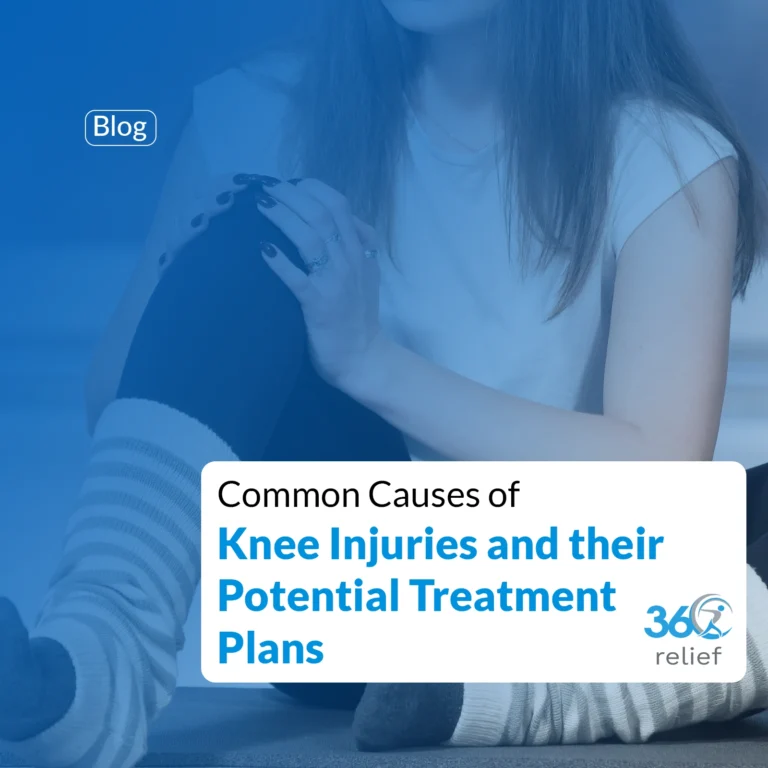
Common Causes of Knee Injuries and their Potential Treatment Plans
Knee Injuries: Overview The knee joint is considered one of the complex and largest joints in the body. It is

What is the Fastest way to Heal a Dislocated Knee?
A dislocated knee is relatively an uncommon injury. Ligaments connect the bones of the knee, which will result in a

Wake Up Refreshed: The Science-Backed Benefits of Eye Masks
Sleep is something we all know we need, yet many of us don’t get enough of it. Whether it’s the
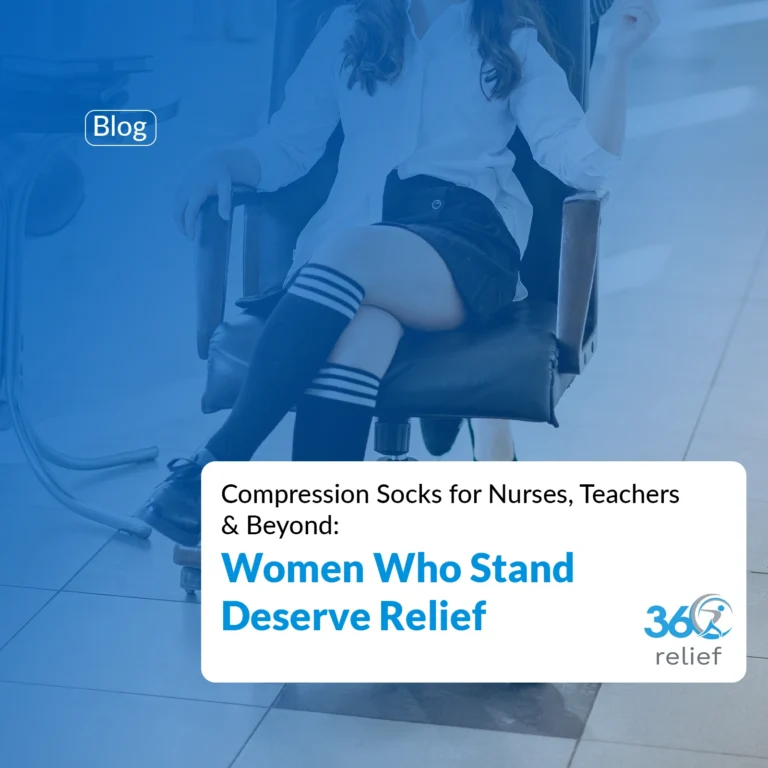
Compression Socks for Nurses, Teachers & Beyond: Women Who Stand Deserve Relief
Introduction Long days on your feet can be exhausting. Whether you are caring for patients, teaching in a classroom, welcoming

Your Guide to Autumn & Winter Running Events in the UK
As the leaves turn golden and the evenings draw in, the running community across the UK doesn’t slow down. If
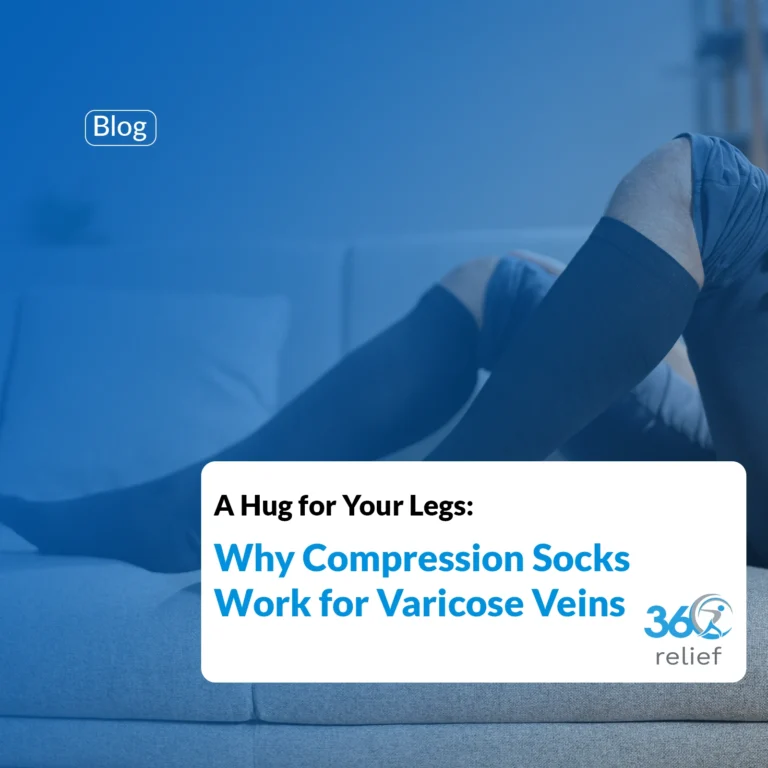
A Hug for Your Legs: Why Compression Socks Work for Varicose Veins
Varicose veins are more than just a cosmetic concern. For many people, they bring discomfort, swelling, and a heavy feeling
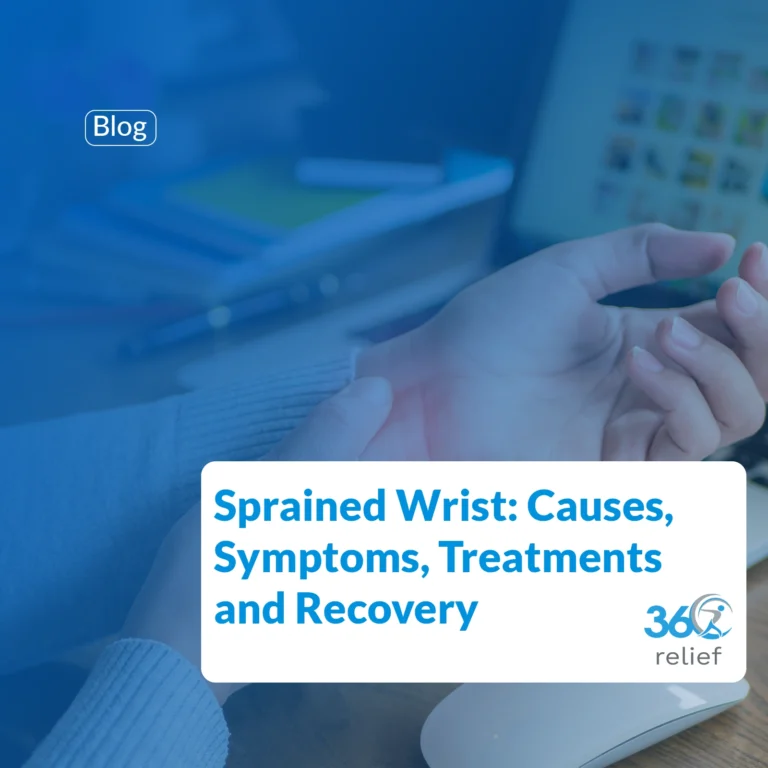
Sprained Wrist: Causes, Symptoms, Treatments, and Recovery
A wrist sprain(s) occurs when a ligament in the wrist is partially injured. Ligaments are the dense connective tissues that

2025 Unibet British Open Snooker: Play Longer, Stay Stronger with the Right Support
The 2025 Unibet British Open Snooker is just around the corner, and excitement is building as fans prepare to watch
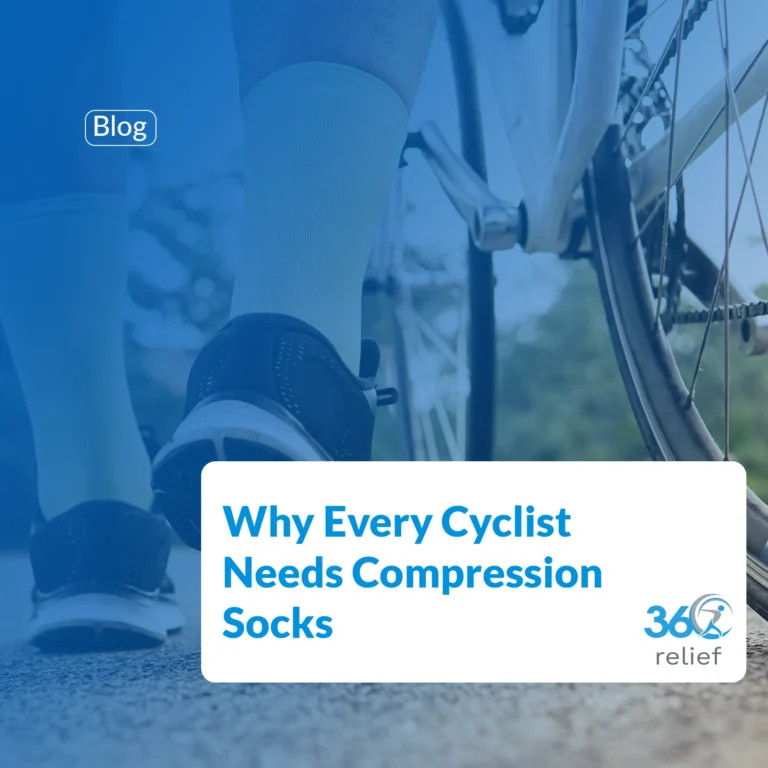
Ride Longer, Recover Faster: Why Every Cyclist Needs Compression Socks
Cycling is one of the most rewarding sports for both fitness and leisure, but it also places high demands on

Stay Injury-Free During the 2025 Tour of Britain: The Best Protective Supports for Cyclists
Cycling fans across the UK are gearing up for one of the most exciting events on the sporting calendar –

Train Hard, Recover Smarter: Why Supportive Products Are Key for 2025 World Boxing Championships Success
The World Boxing Championships 2025 are just around the corner, with Liverpool preparing to host some of the finest athletes

Top Benefits of Using a Sleep Eye Mask for Deeper, Healthier Rest
Getting enough sleep is one of the most important foundations of good health, yet many people in the UK struggle

Women’s 2025 Rugby World Cup: Thrilling Action, Smart Moves to Escape Possible Injuries
1. Introduction – Rugby’s Biggest Stage Returns to England From August to September 2025, England will host the most exciting
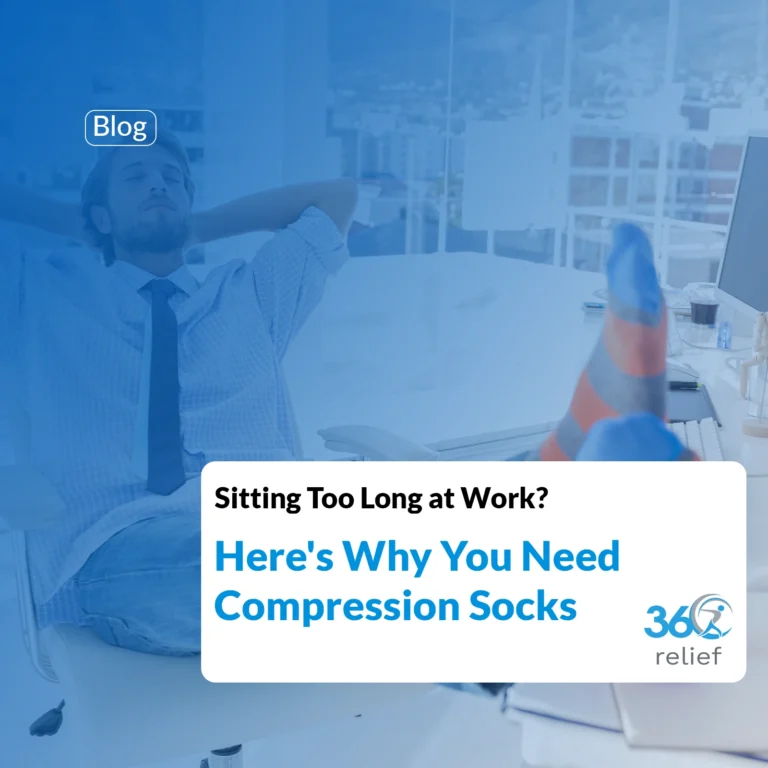
Sitting Too Long at Work? Here’s Why You Need Compression Socks
Modern workplaces often involve long hours at a desk, whether in an office or working from home. While sitting may
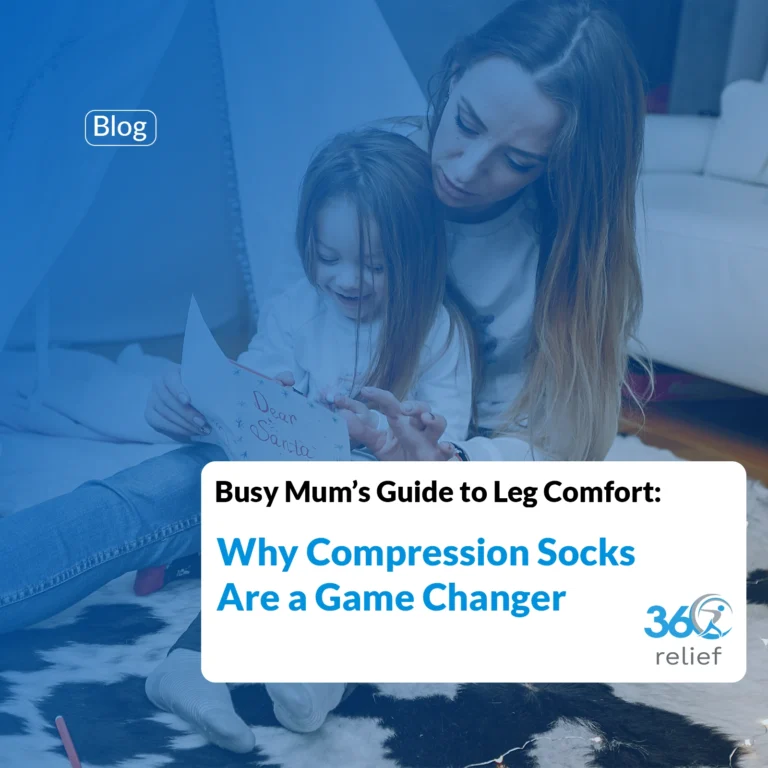
Busy Mum’s Guide to Leg Comfort: Why Compression Socks Are a Game Changer
Mums are the true multitaskers of everyday life. From school runs to supermarket trips, from cleaning to working on your

